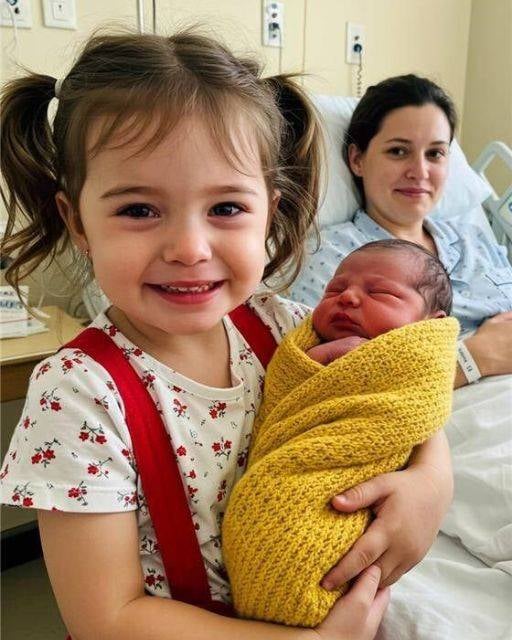The day I first heard about Jaden’s refusal to remove his hat was one I wouldn’t forget — a moment that revealed layers of pain and hardship behind a quiet, unassuming eighth-grader. It happened during a routine school day when a teacher’s voice, tense yet tinged with concern, broke through the usual calm of the classroom. She explained that Jaden wouldn’t take off his hat, even though it was part of the school’s dress code, and her tone suggested there was more to the story than simply defying policy. I was called to my office to address the situation, and when I entered, I saw Jaden sitting hunched at his desk, his head bowed low, his cap pulled tightly over his face as if to hide from the world.
Jaden was a student I’d known for some time—quiet, respectful, never causing trouble. But today, he looked different. He seemed small, fragile almost, as if the weight of whatever was bothering him had made him shrink into himself. It was unsettling to see someone I knew so well change in this way, and I could see that beneath the surface, a silent story was waiting to be told.
I approached gently, trying to make him feel safe enough to speak. “Jaden,” I said softly, “is there a reason you’re not taking off your hat?” It took a long pause, his shoulders trembling slightly, before he finally whispered what had been gnawing at him. “Kids laughed at my hair. It’s uneven, patchy, and I guess they teased me at lunch.” His voice was barely audible, but it carried a note of shame and vulnerability that struck at me deep inside. For a moment, I was speechless. The simple act of not removing his hat was a silent act of defiance, a way for him to shield himself against judgment and ridicule.
Seeing his shame, my heart ached for him. I assured him I understood — and I offered to help. “I can fix it,” I said gently, recalling that I’d cut hair before, and I kept my tone reassuring. “You don’t have to be embarrassed. Let me help.” As I carefully took out scissors and began trimming his hair, I noticed faint scars on his scalp—thin, almost faded. They told a story of pain that Jaden had carried with him, a reminder that sometimes the wounds we don’t see are the deepest.
He admitted quietly that the scars were from an injury caused by his mother’s boyfriend. His voice trembled as he spoke, and I could feel the weight of that truth pressing down on him like a heavy stone. It was a testament to the difficult and often hidden struggles he faced — struggles that had shaped him into the boy he was. That day, I realized a powerful lesson: that what we see on the surface is often just a fraction of what a person is enduring deep inside.
Over the following weeks, I made it a point to check in with Jaden regularly. I sensed he was a boy searching for someone—anyone—to stand with him and offer support. He was guarded, reluctant to open up, but I saw the flicker of trust in his eyes when I genuinely showed concern. One afternoon, he finally asked me, “Have you ever been scared to go home?” His question caught me off guard, but I took a moment to answer honestly. I shared my own childhood struggles, the fears I’d faced, the times I felt lost and uncertain. When I finished, Jaden looked at me with quiet sincerity and whispered, “Same.”
That simple exchange revealed everything. I understood then that his defiant stance about the hat wasn’t about stubbornness or rebellion; it was about survival. It was a cry for help, a silent protest against the pain that threatened to swallow him whole. Beneath that quiet exterior was a boy who needed kindness, patience, and understanding the most.
Eventually, our counselor, Miss Raymond, started meeting with Jaden privately. Her gentle approach and unwavering support gave him the space to genuinely open up about his past—about the pain he’d harbored and the fears that haunted him every day. I watched him grow stronger through her guidance, and one evening, I saw the transformation firsthand. I was walking past the school when I saw Jaden outside, and my heart stopped. He was clutching a bruise on his face and a duffel bag—the signs of recent trouble. His eyes, though tired, held a flicker of resilience. With Miss Raymond’s help, we managed to find him a safe place, and he was soon transferred to a new school where he could start fresh, away from the shadows of his past.
In the months that followed, I saw him blossom. His posture straightened, and his smile grew more genuine. He joined the track team, and soon, he was not just participating but excelling—running faster and with more confidence than before. He even won a kindness award, voted on by his peers—a testament to


